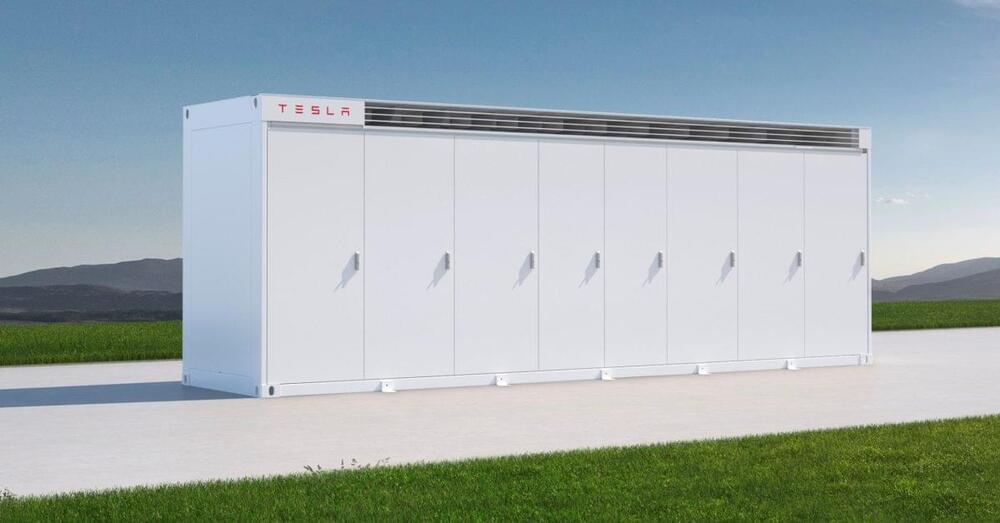May 1, 2024
Tesla Megapack to power new massive record-breaking 1.3 GWh battery system
Posted by Shailesh Prasad in category: sustainability
Tesla Megapack has been selected to power a massive new record-breaking 13 GWh battery system from Neoen in Australia.
This project is the second stage of the Collie Battery project, which is named after a town in Western Australia where the project is located.
As we previously reported, France’s Neoen is already building the first stage with Tesla Megapack 2XLs.


















